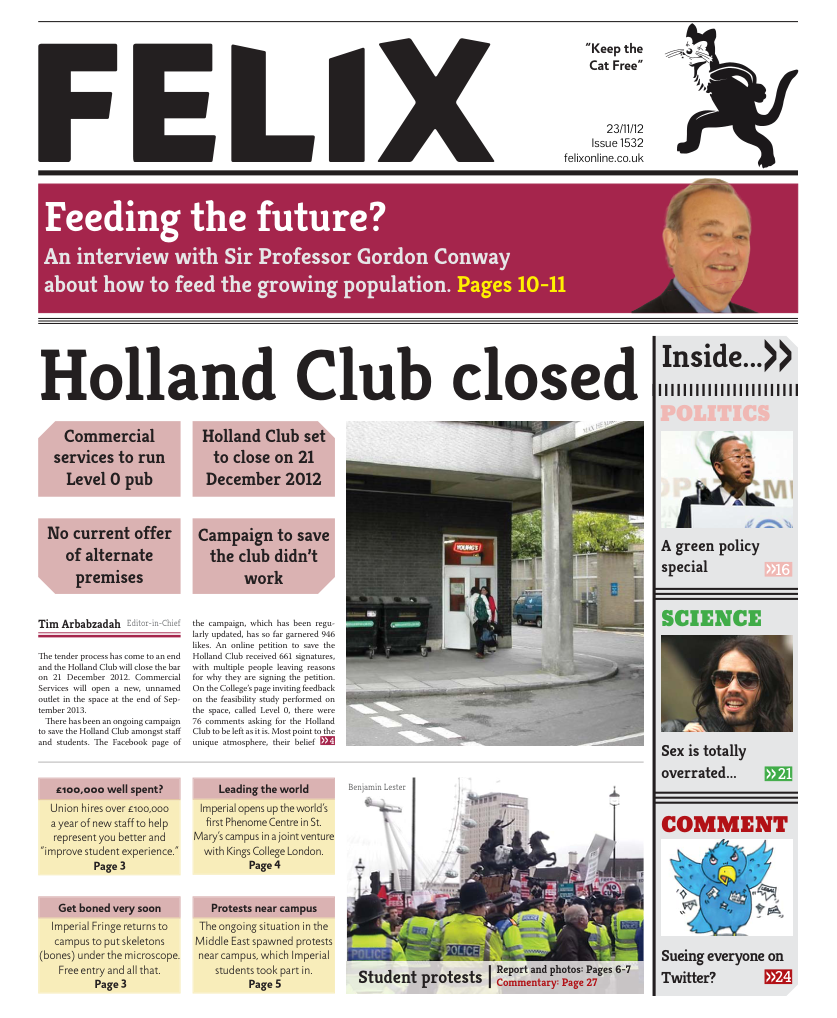Iskander Malaysia – as green as they say?
Fiona Hartley explores how green a city will actually be. Can the hopes be true? Do we have a trendsetter(/badass) on our hands?
You don’t have to be an urban planner or an environmentalist to recognise that continued urbanisation alongside green living is the future of the planet. I’m certainly not. So we might as well do it right by considering the environmental implications of new urban development projects, and any scheme that does this will get at least one big green tick in my book.
Iskander Malaysia is one such undertaking in Johor Bahru, Malaysia’s second biggest city, which lies across the sea from Singapore and is connected to its illustrious neighbour by a causeway. Location-wise it is ideal for Singapore’s workers, many of whom live in Johor and commute to Singapore to work.
The Iskander project is an 850 square mile economic zone the size of Luxembourg and three times the size of Singapore set to host a population of 3 million by 2025. Traditional rivals, Malaysia and Singapore, have teamed up with regards to this development, which should benefit both in the long-run. Malaysia gets a chance to boost lacklustre economic growth and Singapore will be in a better position to maintain its competitive edge, which is threatened by increasing living costs.
Iskander has been touted as an eco-friendly city by the Guardian recently. Indeed, one of its main aims is to be “a strong sustainable metropolis of international standing”. The plan is that this will be achieved by utilising renewable energy sources, practising energy-efficient building, implementing a green transportation policy, water conservation, biodiversity preservation, and waste reuse, among other aspects. The website explicitly heralds Iskandar Malaysia as “a Land of Nature, Parks and Gardens.”
Well, this sounds great. But as I scoured the internet for more information, I found that current articles relating to Iskander are about foreign investment. It seems the project is mostly focused on money. Realistically that’s no surprise. But does this indicate that all of the ecological talk is just greenwash? Cynically we have to consider this possibility, especially as upon delving into the website’s FAQ section I found that environmental sustainability is not one of the main sector areas being targeted by the development.
On the one hand, an urban development three times bigger than Singapore but with only half the population doesn’t look to be a particularly efficient use of space. But perhaps the city itself will be dense, and the remaining area dedicated to biodiversity preservation or food production. The idea of redeveloping an already-urbanised area rather than destroying unpopulated landscape, as has been the situation before, is certainly preferable. Yet one protest group has already accused the development of polluting waterways.
Inspection of Iskander’s transportation policies looks promising: with aims to not only encourage use of public transport or bicycles, but to try and limit the adverse environmental effects of motor transport by improving fuel technology, enhancing fuel economy, car-sharing schemes, and developing alternatives to petroleum fuels. However, I very much doubt it will be that easy to change the minds – and habits – of commuters. Since Johor is the primary link between Singapore and Malaysia, it’s also difficult to imagine how pollution can be reduced when even more vehicles will use the connecting causeway every day.
It’s probably (hopefully) too early to tell whether Iskander will fulfil its promises. I don’t want to be a cynic, even though previous eco-city plans have struggled. I’d prefer to believe that Iskander Malaysia will walk the walk as well as talking the talk. Then (but only then) will it serve as the model “green megacity” its developers have envisaged.








